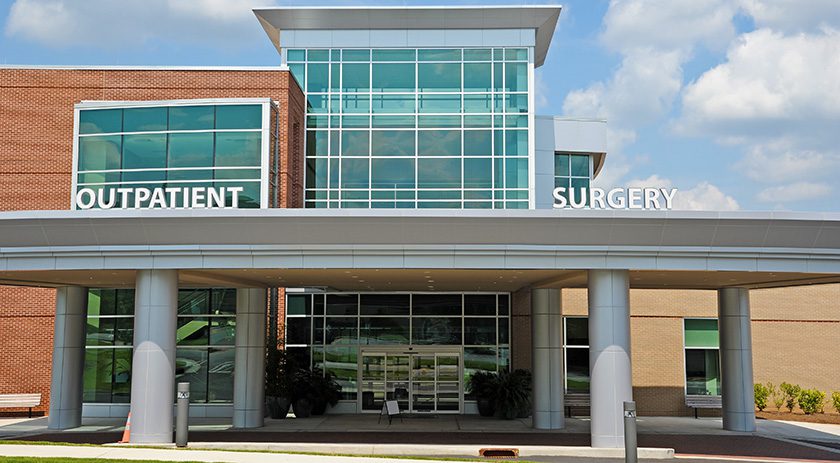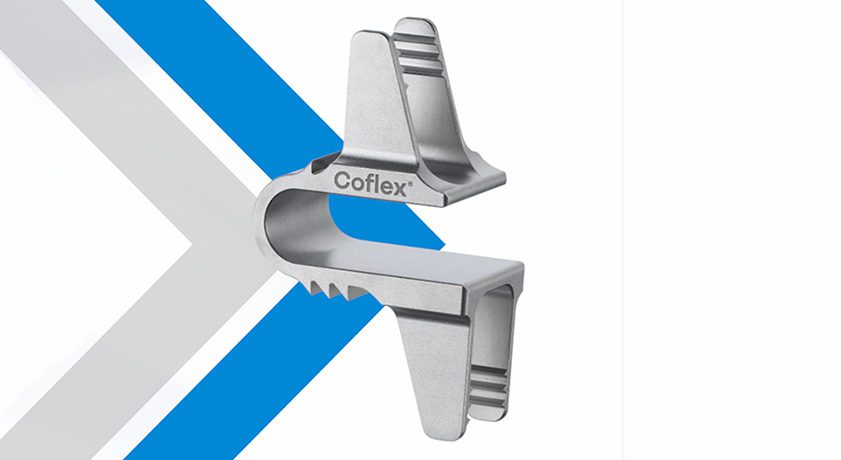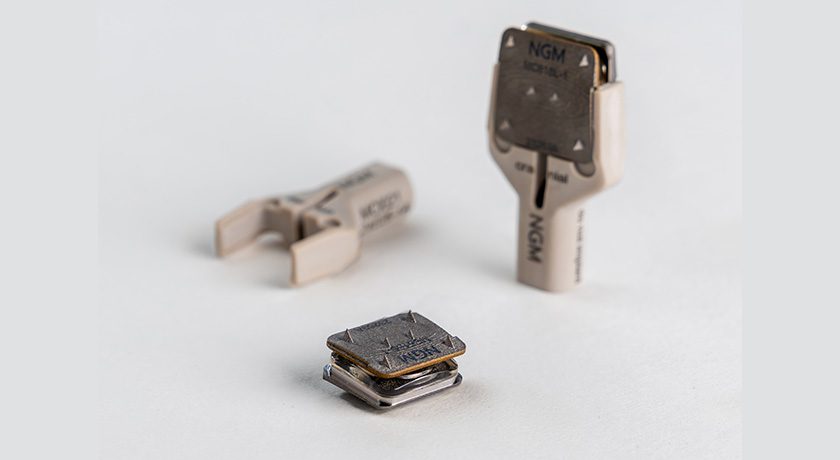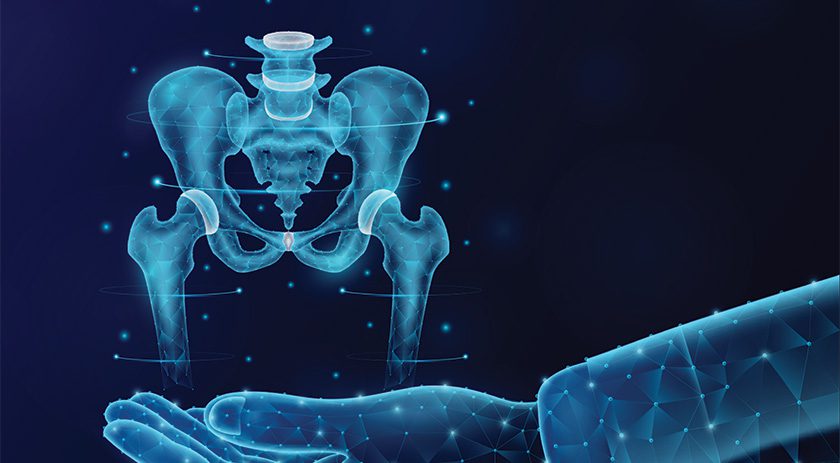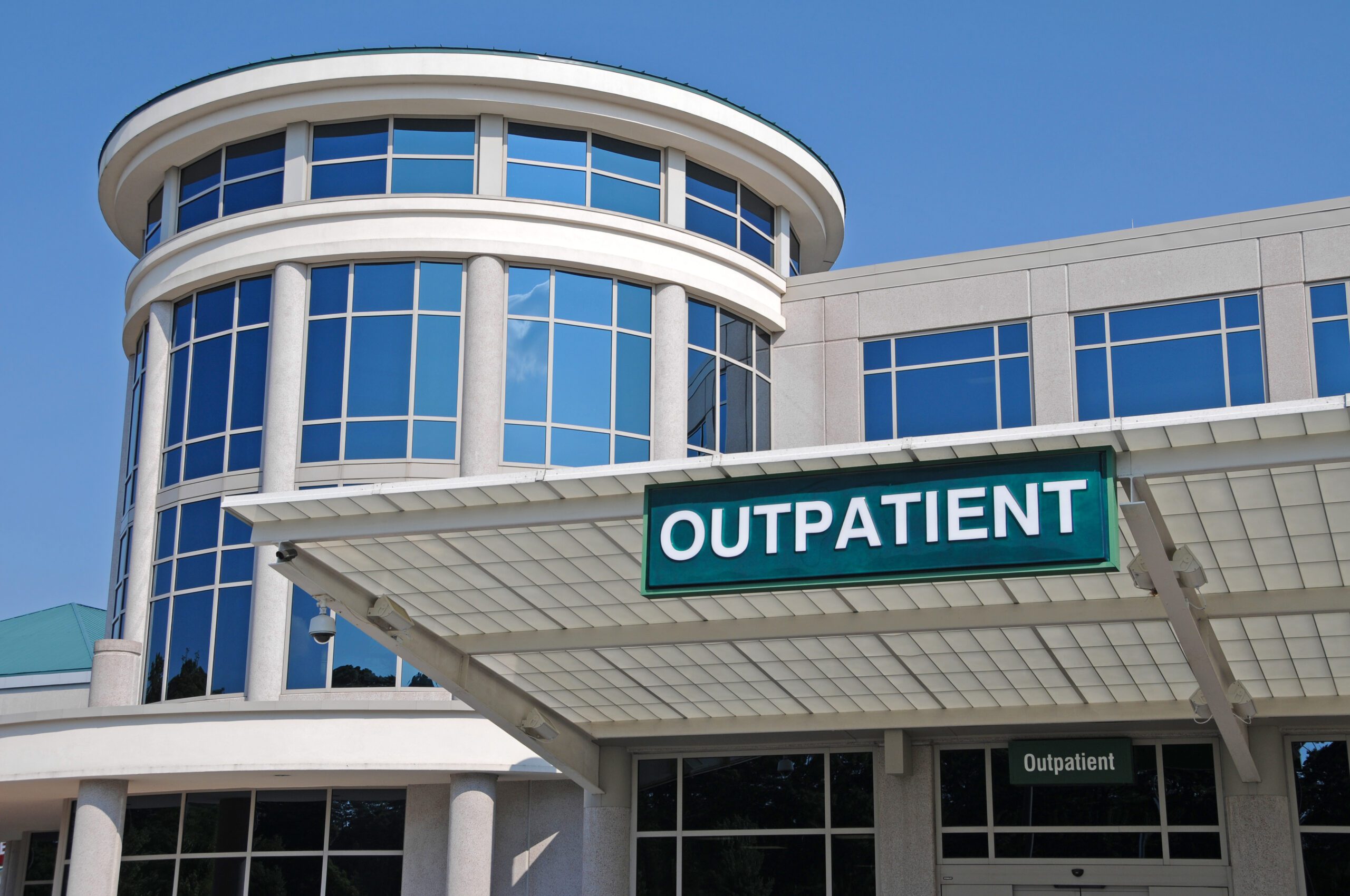

 Copy to clipboard
Copy to clipboard 
Having spent the last 20 years building, operating and managing ambulatory surgery centers (ASCs), I have experienced all facets of the business. I’ve written extensively about these experiences, advising physicians, industry and investors across medical specialties on how to run efficient and profitable facilities. This article offers practical advice on excelling at orthopedic sales to build strong, lasting relationships with your surgeon customers.
Let’s first cover the points I wish every salesperson understood before scheduling an often time-limited meeting with me or other ASC owners and surgeons.
Understand Who You’re Targeting
Start by learning as much as you can about the ASC and its needs. Before approaching a facility or franchise for a sale, try to understand the highest volume of orthopedic procedures it performs.
Most orthopedic ASCs perform knee arthroscopies and less complex surgical procedures. More advanced ASCs perform total joint replacements and spine surgeries. Joint replacement and spine centers are high-value customers. Knee arthroscopies, though, are among the most common procedures in ASCs, with more than 650,000 performed annually. Even if the per-case sale on these surgeries is well outshined by implants, their sheer volume should command your respect and attention of net sales.
Know what the future holds for orthopedic surgery as well. Total joint replacements are expected to grow by roughly 75% in the coming years, an impetus that newer CPT codes for ASCs have supported. Worldwide sales of knee replacement and hip replacement implants are projected to reach $12.2 billion and $9.6 billion, respectively, by 2027.
ASCs that perform spine surgeries also represent a lucrative opportunity. The global spinal implant market is expected to reach $11.9 billion in sales by 2027, with many ASCs adding spine surgery as part of their offerings. Cultivating a good relationship with a spine surgeon who practices at an ASC should be at the top of every spine company’s list.
These shifts make orthopedic procedures desirable for vendors and surgeons. Surgeons are empathetic towards these trends and open to innovative options to treat their patients. Use that knowledge to tailor your discussions with them.
Your initial pitch should also focus on selling high-utility products. While your implant might be innovative, if it’s used in a small number of cases, it will be low on the list of surgeon needs. Remember, you get limited time to discuss new products with surgeons. Capitalize on every second spent with them.
Know Who to Pitch
Typically, the surgeon decides what products to use at their ASC. When showcasing the benefits of your products, appeal to the surgeon’s sense of worth and expertise. Nothing impresses a surgeon more than knowing a renowned colleague has already endorsed your product. Open the conversation by emphatically recognizing the key opinion leaders who endorse your product.
When new vendors visit our office, we already have a strong sense of whether we will buy their product. Chances are that we haven’t heard of your product but conducted research to form an opinion. Remember, a surgeon’s experience is confronting you. Your goal is to sway our viewpoint. You can do that by providing convincing data and numbers and respectful reasoning.
Patients Always Come First
As physicians, we took an oath first to do no harm to patients. Our moral duty is to seek out the good and bad in what you have to say. Start by sharing how patient care comes first and present clinical data and studies that show your product’s superiority, effectiveness and safety profile over competitors.
Our ASCs want to see efficacy over the last few years. We want to know how your orthopedic implants will reduce infection rates, lead to less painful recoveries and improve healing times.
Further, we want to see patient outcomes with your product. Your pitch will fail if you can’t articulate these points. Suppose you can show an orthopedic surgeon that your knee implant will decrease post-op infections or other complications. In that case, they know that the product will lead to quicker patient discharge and compliance and will help them make a faster decision on whether to purchase your technology.
As you consider your pitch, make sure that your initial focus is on the patient and not the price of your device.
Money Does Still Matter
Of course, vendors must highlight the savings the surgeon receives in an ASC versus a hospital. It’s well known that CMS payments disproportionately favor hospitals over ASCs, with ASCs receiving 53% of the reimbursement rate received by hospitals. Reimbursement is one of the biggest driving forces of a surgeon’s purchasing decision.
Cost-effectiveness is key. Even though most instruments and supplies are paid for in addition to the reimbursement for the facility fees, ASC administrators and surgeons are keenly aware of the cost of performing a procedure. As a vendor, you must articulate how you will reduce overhead without compromising quality.
Emphasize bundled pricing models. ASC administrators look for bundled pricing. Consider offering a package deal that lumps together implants, instruments and accessories at subsidized rates. A good example would be if you had a knee replacement system with tools and implants that could be purchased together for a 10% discount.
Offer competitive pricing. Surgeons often ask what competitors charge. Have at hand a cost comparison between your product and competing brands. For example, your knee implant might be 15% cheaper than your competitor and offer the same safety profile. Those facts make a strong impression.
Play to the businessman. As facility owners, surgeons look at the big picture and seek a return on their investment. You have a winning formula if you can use data to show that surgical tools will improve outcomes and efficiencies and have a net result of generating extra revenue for the facility. Actual numbers will grab a surgeon’s attention.
Offer flexible payment options. ASCs run on tight operating margins. Midsized ASCs typically have low-profit margins of 20%, while smaller ASCs often get by with 10% profit per year. Vendors that sell large capital equipment or expensive, novel implants should consider offering payment plans to assist ASCs in better managing their expenses.
Consider reusable surgical instruments. Midsized ASCs often save on costs with reusable instruments. Typically, reusable instruments can save these facilities $50,000 to $100,000 annually compared to single-use items. These numbers are a broad brush for multispecialty two-room ASCs, but the thought can be extrapolated to larger facilities.
Outline time savings. If possible, emphasize that your products help save the ASC time by reducing operating time or room turnover. Time is money. ASCs will consider more expensive products if the technology saves time and adds one extra case per day, which could potentially be hundreds of thousands of dollars in additional revenue per year.
Woo the Team
Remember that the ancillary staff are experts in the field. Nurses and O.R. techs bring important perspectives and are the people whispering in the surgeon’s ear.
Offer them training on your products and make sure they are comfortable using them. To gain their support, involve them in the decision-making process. Hands-on demonstrations or video modules showcasing your product’s features and uses can go a long way in winning over the team.
Maintenance and service packages are also very important to staff and facilities. For example, ensure that you have loaners and replacements available if any instruments need to be sent for repairs. No ASC will settle for an instrument that might break or lead to downtime. Small value-adds will differentiate you and your products from competitors.
ASC staff and administrators are also keen on customized solutions — every facility is different. Some ASCs prefer modular implant kits that reduce costs, while others opt for bulk purchases to benefit from volume discounts. Ask yourself what their preferences are and consider ways you can accommodate their requests. Customization and flexibility go a long way in securing new deals.
Conclusion
Selling to an ASC is a complex endeavor, especially if your company is new to them.
The process requires that you know the facilities’ needs and surgeons’ preferences and how that matches the operating efficiencies you can provide. If you offer competitive pricing, emphasize clinical efficacy and make sure your products drive better patient outcomes. Add to that flexible financing, warranties and customization for good measure, and you should be able to close the sale.
Business coach Kate Zabriskie wisely said, “The customer’s perception is your reality.” Be aware of this self-evident truth.
Having spent the last 20 years building, operating and managing ambulatory surgery centers (ASCs), I have experienced all facets of the business. I’ve written extensively about these experiences, advising physicians, industry and investors across medical specialties on how to run efficient and profitable facilities. This article offers...
Having spent the last 20 years building, operating and managing ambulatory surgery centers (ASCs), I have experienced all facets of the business. I’ve written extensively about these experiences, advising physicians, industry and investors across medical specialties on how to run efficient and profitable facilities. This article offers practical advice on excelling at orthopedic sales to build strong, lasting relationships with your surgeon customers.
Let’s first cover the points I wish every salesperson understood before scheduling an often time-limited meeting with me or other ASC owners and surgeons.
Understand Who You’re Targeting
Start by learning as much as you can about the ASC and its needs. Before approaching a facility or franchise for a sale, try to understand the highest volume of orthopedic procedures it performs.
Most orthopedic ASCs perform knee arthroscopies and less complex surgical procedures. More advanced ASCs perform total joint replacements and spine surgeries. Joint replacement and spine centers are high-value customers. Knee arthroscopies, though, are among the most common procedures in ASCs, with more than 650,000 performed annually. Even if the per-case sale on these surgeries is well outshined by implants, their sheer volume should command your respect and attention of net sales.
Know what the future holds for orthopedic surgery as well. Total joint replacements are expected to grow by roughly 75% in the coming years, an impetus that newer CPT codes for ASCs have supported. Worldwide sales of knee replacement and hip replacement implants are projected to reach $12.2 billion and $9.6 billion, respectively, by 2027.
ASCs that perform spine surgeries also represent a lucrative opportunity. The global spinal implant market is expected to reach $11.9 billion in sales by 2027, with many ASCs adding spine surgery as part of their offerings. Cultivating a good relationship with a spine surgeon who practices at an ASC should be at the top of every spine company’s list.
These shifts make orthopedic procedures desirable for vendors and surgeons. Surgeons are empathetic towards these trends and open to innovative options to treat their patients. Use that knowledge to tailor your discussions with them.
Your initial pitch should also focus on selling high-utility products. While your implant might be innovative, if it’s used in a small number of cases, it will be low on the list of surgeon needs. Remember, you get limited time to discuss new products with surgeons. Capitalize on every second spent with them.
Know Who to Pitch
Typically, the surgeon decides what products to use at their ASC. When showcasing the benefits of your products, appeal to the surgeon’s sense of worth and expertise. Nothing impresses a surgeon more than knowing a renowned colleague has already endorsed your product. Open the conversation by emphatically recognizing the key opinion leaders who endorse your product.
When new vendors visit our office, we already have a strong sense of whether we will buy their product. Chances are that we haven’t heard of your product but conducted research to form an opinion. Remember, a surgeon’s experience is confronting you. Your goal is to sway our viewpoint. You can do that by providing convincing data and numbers and respectful reasoning.
Patients Always Come First
As physicians, we took an oath first to do no harm to patients. Our moral duty is to seek out the good and bad in what you have to say. Start by sharing how patient care comes first and present clinical data and studies that show your product’s superiority, effectiveness and safety profile over competitors.
Our ASCs want to see efficacy over the last few years. We want to know how your orthopedic implants will reduce infection rates, lead to less painful recoveries and improve healing times.
Further, we want to see patient outcomes with your product. Your pitch will fail if you can’t articulate these points. Suppose you can show an orthopedic surgeon that your knee implant will decrease post-op infections or other complications. In that case, they know that the product will lead to quicker patient discharge and compliance and will help them make a faster decision on whether to purchase your technology.
As you consider your pitch, make sure that your initial focus is on the patient and not the price of your device.
Money Does Still Matter
Of course, vendors must highlight the savings the surgeon receives in an ASC versus a hospital. It’s well known that CMS payments disproportionately favor hospitals over ASCs, with ASCs receiving 53% of the reimbursement rate received by hospitals. Reimbursement is one of the biggest driving forces of a surgeon’s purchasing decision.
Cost-effectiveness is key. Even though most instruments and supplies are paid for in addition to the reimbursement for the facility fees, ASC administrators and surgeons are keenly aware of the cost of performing a procedure. As a vendor, you must articulate how you will reduce overhead without compromising quality.
Emphasize bundled pricing models. ASC administrators look for bundled pricing. Consider offering a package deal that lumps together implants, instruments and accessories at subsidized rates. A good example would be if you had a knee replacement system with tools and implants that could be purchased together for a 10% discount.
Offer competitive pricing. Surgeons often ask what competitors charge. Have at hand a cost comparison between your product and competing brands. For example, your knee implant might be 15% cheaper than your competitor and offer the same safety profile. Those facts make a strong impression.
Play to the businessman. As facility owners, surgeons look at the big picture and seek a return on their investment. You have a winning formula if you can use data to show that surgical tools will improve outcomes and efficiencies and have a net result of generating extra revenue for the facility. Actual numbers will grab a surgeon’s attention.
Offer flexible payment options. ASCs run on tight operating margins. Midsized ASCs typically have low-profit margins of 20%, while smaller ASCs often get by with 10% profit per year. Vendors that sell large capital equipment or expensive, novel implants should consider offering payment plans to assist ASCs in better managing their expenses.
Consider reusable surgical instruments. Midsized ASCs often save on costs with reusable instruments. Typically, reusable instruments can save these facilities $50,000 to $100,000 annually compared to single-use items. These numbers are a broad brush for multispecialty two-room ASCs, but the thought can be extrapolated to larger facilities.
Outline time savings. If possible, emphasize that your products help save the ASC time by reducing operating time or room turnover. Time is money. ASCs will consider more expensive products if the technology saves time and adds one extra case per day, which could potentially be hundreds of thousands of dollars in additional revenue per year.
Woo the Team
Remember that the ancillary staff are experts in the field. Nurses and O.R. techs bring important perspectives and are the people whispering in the surgeon’s ear.
Offer them training on your products and make sure they are comfortable using them. To gain their support, involve them in the decision-making process. Hands-on demonstrations or video modules showcasing your product’s features and uses can go a long way in winning over the team.
Maintenance and service packages are also very important to staff and facilities. For example, ensure that you have loaners and replacements available if any instruments need to be sent for repairs. No ASC will settle for an instrument that might break or lead to downtime. Small value-adds will differentiate you and your products from competitors.
ASC staff and administrators are also keen on customized solutions — every facility is different. Some ASCs prefer modular implant kits that reduce costs, while others opt for bulk purchases to benefit from volume discounts. Ask yourself what their preferences are and consider ways you can accommodate their requests. Customization and flexibility go a long way in securing new deals.
Conclusion
Selling to an ASC is a complex endeavor, especially if your company is new to them.
The process requires that you know the facilities’ needs and surgeons’ preferences and how that matches the operating efficiencies you can provide. If you offer competitive pricing, emphasize clinical efficacy and make sure your products drive better patient outcomes. Add to that flexible financing, warranties and customization for good measure, and you should be able to close the sale.
Business coach Kate Zabriskie wisely said, “The customer’s perception is your reality.” Be aware of this self-evident truth.

You are out of free articles for this month
Subscribe as a Guest for $0 and unlock a total of 5 articles per month.
You are out of five articles for this month
Subscribe as an Executive Member for access to unlimited articles, THE ORTHOPAEDIC INDUSTRY ANNUAL REPORT and more.
SA
Shakeel Ahmed M.D., is the CEO of Atlas Surgical Group, one of the largest ambulatory surgical centers and ancillary services networks in the Midwest. He has published seven books and more than a hundred articles on the business aspects of ASCs. He is an ASC developer and advisor on ASCs to governments across the globe.


